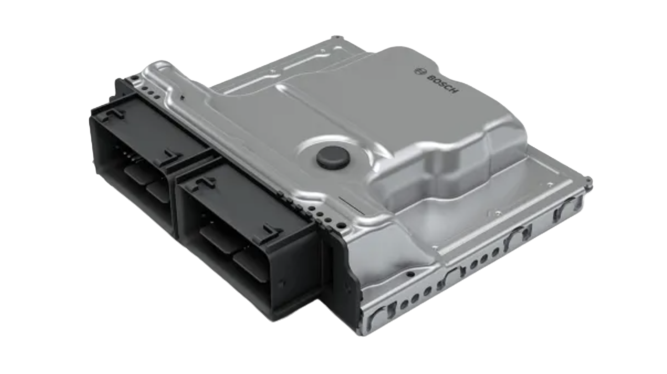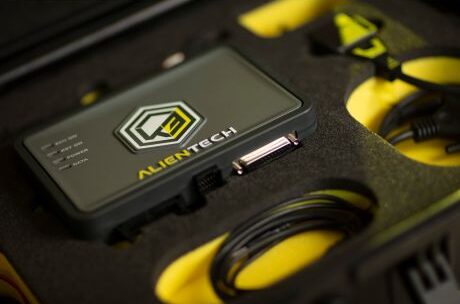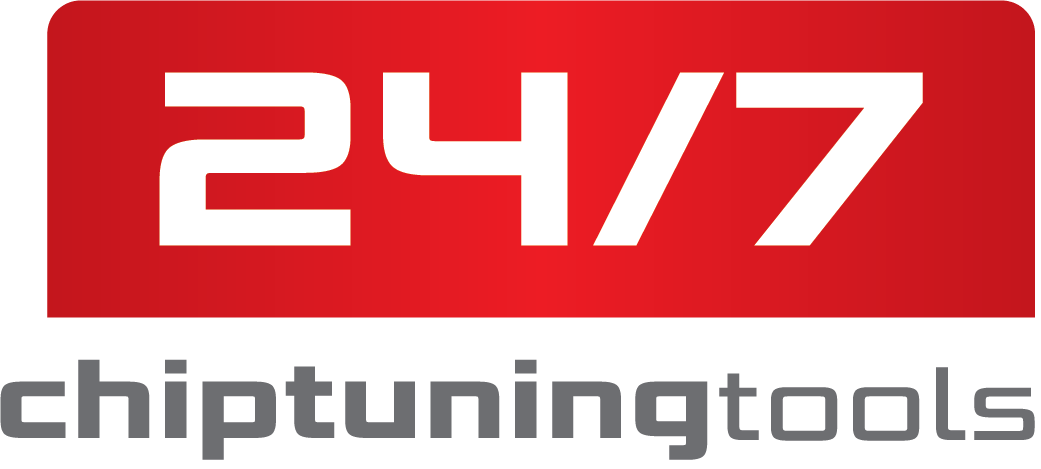K-Line Communication
In the realm of automotive diagnostics and tuning, K-Line communication stands as one of the foundational protocols that has shaped the way vehicles are interfaced with for decades. Its robust design and widespread adoption have made it a staple in the automotive industry. Understanding K-Line communication is crucial for professionals involved in vehicle tuning and diagnostics, especially those working with older vehicle models.

What is K-Line Communication?
K-Line communication is a serial communication protocol used in automotive diagnostics. It was defined under the ISO 9141 standard, which was one of the earliest standards for vehicle diagnostics. Unlike modern protocols that use multiple wires, K-Line operates over a single wire, making it simple yet effective for the era it was introduced in. It allows diagnostic tools to communicate with a vehicle’s electronic control units (ECUs) to retrieve diagnostic trouble codes (DTCs), perform emissions testing, and carry out other diagnostic functions.
The Evolution of K-Line Communication
The development of K-Line communication can be traced back to the late 1980s and early 1990s, a period when automotive electronics were becoming increasingly sophisticated. With the introduction of electronic fuel injection and other advanced systems, there was a need for a standardized communication protocol that could be used universally across different vehicle manufacturers. This led to the development of the ISO 9141 standard, which included the K-Line protocol.
While newer protocols like CAN (Controller Area Network) and LIN (Local Interconnect Network) have largely surpassed K-Line in terms of capability and speed, K-Line remains relevant for older vehicles that continue to use this protocol for diagnostics and tuning.
How K-Line Communication Works
K-Line communication involves a single wire that serves as the communication medium between the diagnostic tool and the vehicle’s ECU. The simplicity of a single-wire setup is one of the reasons why K-Line was widely adopted. The protocol operates at a baud rate of 10400 bits per second, which is sufficient for the data transmission needs of diagnostics in older vehicles.

The communication process begins with the diagnostic tool sending a wake-up signal to the ECU. Once the ECU is awake, the diagnostic tool can send a request for data, which the ECU responds to by sending back the requested information. This back-and-forth communication allows mechanics and tuning professionals to diagnose issues, reset codes, and perform other diagnostic tasks.
Advantages and Limitations of K-Line Communication
Advantages:
- Simplicity: The single-wire setup is easy to implement and requires minimal hardware.
- Cost-effective: Due to its simplicity, K-Line systems are cheaper to produce and maintain.
- Proven technology: With decades of use, K-Line is a well-understood and reliable protocol for older vehicles.
Limitations:
- Speed: The baud rate of 10400 bits per second is slow compared to modern protocols like CAN.
- Limited functionality: K-Line cannot support the complex data requirements of modern vehicles.
- Obsolescence: As vehicle technology advances, K-Line is being phased out in favor of faster, more capable protocols.
Applications of K-Line Communication in Chiptuning
In the world of chiptuning, K-Line communication is primarily used for older vehicles. Professionals working with these vehicles rely on K-Line to access the ECU for tuning purposes. Although it is not as fast or versatile as modern protocols, it remains a valuable tool for accessing and modifying ECU parameters in older vehicles that do not support newer protocols.
K-Line is often used in conjunction with other tuning tools and software to optimize vehicle performance. For instance, tools like WinOLS provide powerful software solutions that can utilize K-Line for tuning operations. Professionals looking to tune older vehicles must be familiar with K-Line and its applications to effectively carry out their work.
Integrating K-Line with Modern Tools
Despite its age, K-Line can be integrated with modern diagnostic and tuning tools. Many contemporary devices are backward compatible, allowing them to work with K-Line as well as newer protocols like CAN and LIN. This backward compatibility ensures that professionals can continue to service older vehicles without needing to maintain outdated equipment.
For those interested in learning more about the integration of different protocols and tools, exploring resources on ECU compatibility and choosing the right chiptuning tools can be invaluable. Understanding these integrations helps ensure that professionals are equipped to handle a wide range of vehicles and their respective communication protocols.
The Future of K-Line Communication
As automotive technology continues to evolve, the role of K-Line communication is diminishing. Newer protocols offer greater speed, functionality, and reliability, making them the preferred choice for modern vehicles. However, the legacy of K-Line will persist for as long as there are older vehicles on the road that require servicing and tuning.
For tuning professionals, this means maintaining a working knowledge of K-Line alongside newer protocols to ensure they can service a broad spectrum of vehicles. Training and resources that cover both legacy and modern protocols will be crucial for those aiming to remain competitive in the automotive diagnostics and tuning industry.

For those looking to delve deeper into the world of automotive diagnostics and tuning, understanding the nuances of different communication protocols is essential. The ability to work across various systems and technologies will be a key asset in this ever-evolving field.
Want to learn more about K-Line Communication? Explore our range of tuning tools and software here.
If you have any questions regarding chiptuning, chiptuning tools or chiptuning files, please reach out to us and we’re happy to answer your questions! Contact us.

